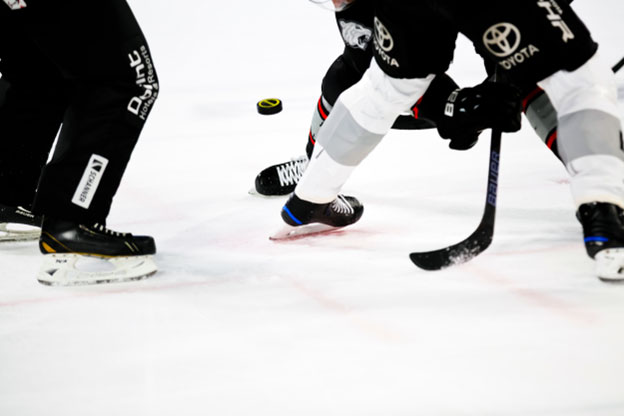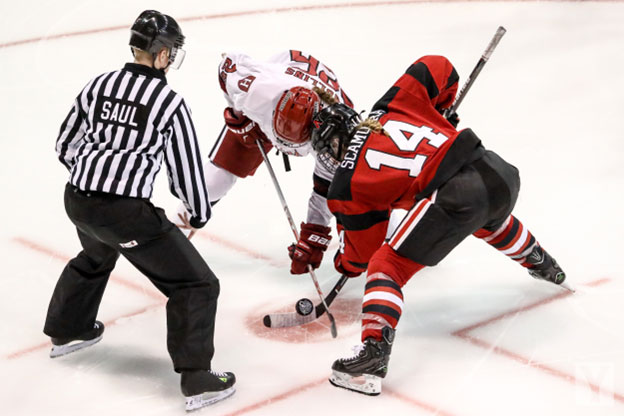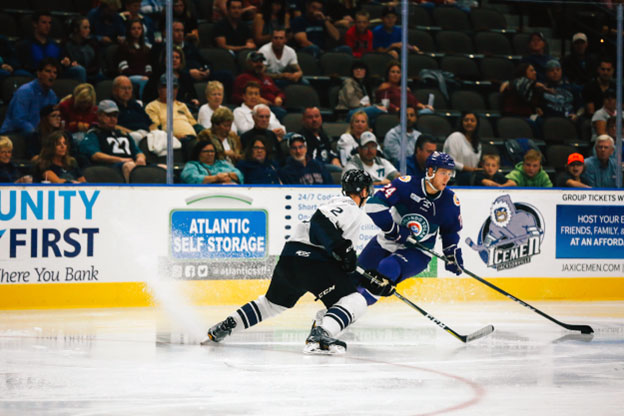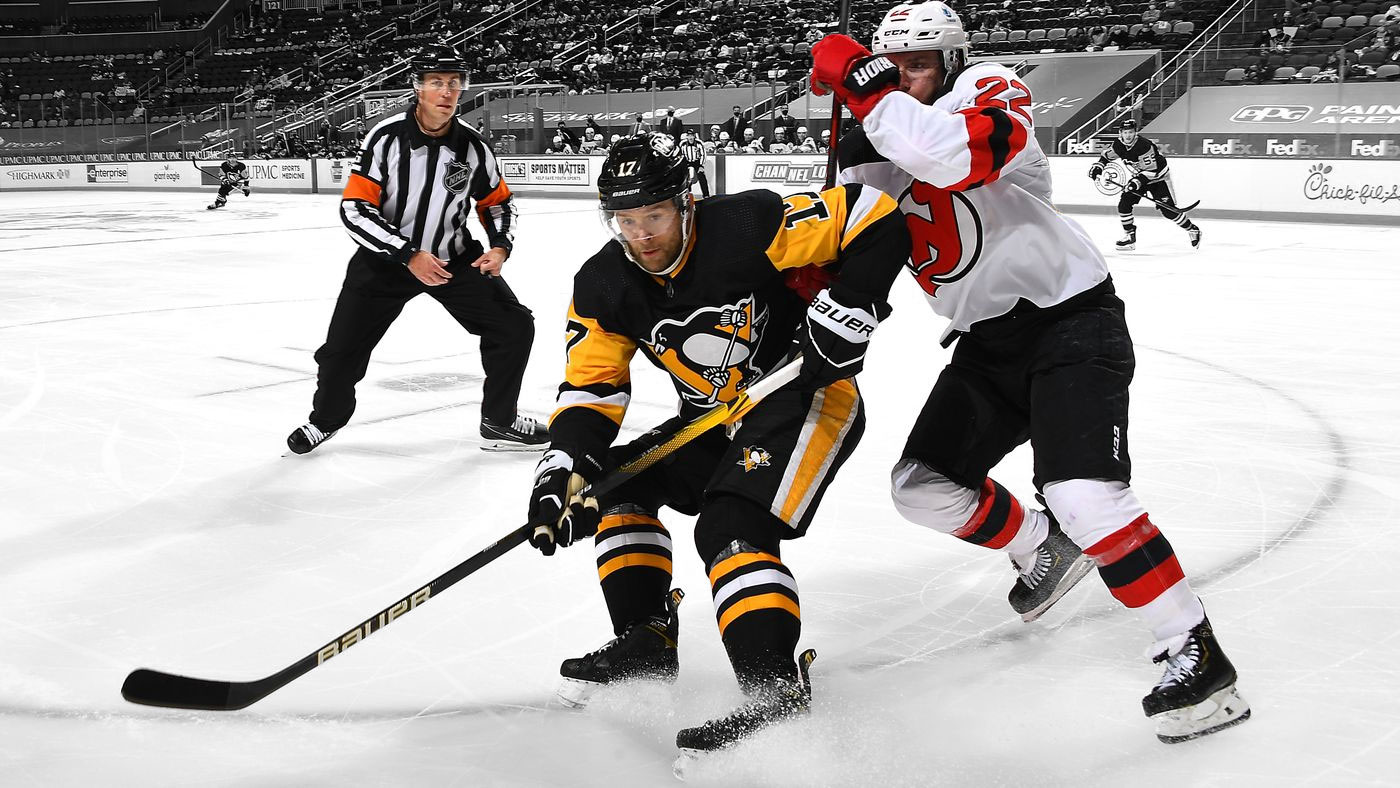Hockey is one of the most loved sports in the world. Today we'll understand a popular hockey term - slashing. In this article, we'll answer questions like what is slashing and what are its consequences.

Understanding Slashing in Hockey
What Is Slashing?
Slashing is a common rule violation in ice hockey that occurs when a player uses their stick in an illegal and forceful manner against an opponent. It is considered as a stick foul and can result in various penalties depending on the severity of the offense.
The basic concept of slashing involves using the hockey stick in a way that is not allowed within the rules of the game. Typically, slashing occurs when a player forcefully chops or swings their stick towards an opponent's body or stick with an aggressive intent. This action is often aimed at impeding the progress of the opposing player or disrupting their scoring chances.
The Rule Book Definition
The rule book definition of slashing in hockey is the act of deliberately swinging the hockey stick at an opponent with an aggressive or forceful chop motion, whether or not contact is made. According to the official regulations, slashing is considered a penalty and is strictly enforced to maintain the safety and fairness of the game.
In different leagues, the application of the slashing rule may vary slightly. However, the general principle remains the same - any deliberate, aggressive swing of the stick that targets an opponent is considered slashing and can result in a penalty.
The Consequences of Slashing
Penalty Enforcement
When it comes to penalty enforcement in hockey, referees play a crucial role in identifying and penalizing slashing infractions. Referees closely monitor the game and use their judgment to assess if a slash has occurred. They watch for actions such as wild swings, axe-like motions, or non-aggressive stick contact that may involve a significant force on an opponent's body or stick.
Once the referee identifies a slashing infraction, the guilty player is sent to the penalty box to serve their punishment. A minor penalty for slashing usually results in the offending player's team playing shorthanded for two minutes. However, if the slash leads to a significant injury or reckless intent, a major penalty can be awarded, resulting in a five-minute shorthanded disadvantage for the offending team.
Player Safety and Injuries
One of the most common injuries resulting from slashing is hand and wrist injuries. The forceful chop or swing of a stick can cause fractures, sprains, or dislocations in the hands and wrists. These injuries not only require medical attention but can also sideline players for extended periods, affecting their ability to compete and their team's overall performance.
In addition to hand and wrist injuries, slashing can also cause injuries to the arms, shoulders, and legs. Players may suffer bruises, contusions, or even lacerations from aggressive stick contact. These injuries can be painful and may require stitches or other medical interventions.
Types of Slashing Incidents
Stick-to-Body Contact
Stick-to-body contact refers to situations in hockey where players intentionally or accidentally use their sticks against opponents' bodies. This type of contact can lead to penalties depending on the severity and intent behind the actions.
In minor incidents, players may make non-aggressive stick contact with their opponents during gameplay. These incidents, such as incidental stick checks or accidental hits, are often considered part of the normal physicality of the game and usually do not result in penalties.
However, more forceful stick-to-body contact incidents can lead to penalties. For example, players who strike opponents with their sticks in a forceful or aggressive manner, causing injury or attempting to injure, can be penalized. These incidents are typically assessed as minor penalties, resulting in a two-minute penalty in the penalty box.

Stick-to-Stick Contact
Stick-to-stick contact in ice hockey can sometimes lead to slashing violations. Slashing occurs when a player strikes an opponent's stick with their own in a forceful or aggressive manner, resulting in the opposing player losing control of the puck or potentially causing damage to their stick.
While stick checks are a common defensive tactic used to disrupt the puck carrier, there is a fine line between a legal stick check and a slashing violation. The key distinction is the level of force and intention behind the contact. Minor stick-to-stick contact that does not impede the opponent's ability to play or does not cause damage to the stick is usually not penalized.
Strategies to Avoid Slashing Penalties
Proper Stick Handling
Grip: Start by having the correct grip on your stick. Hold it with your dominant hand at the top, with a relaxed grip, and your bottom hand at about 12-16 inches from the blade. This grip allows for better control and maneuverability.
Hand-eye Coordination: Work on improving your hand-eye coordination by practicing stickhandling drills that involve keeping your eyes up and focused on targets while manipulating the puck with your stick. This will help you maintain awareness of the game and make quick decisions with the puck.
Stick Control: Develop your stick control by working on various stickhandling drills. Start with basic moves like the toe drag, puck rolls, and quick stick transfers. Gradually progress to more advanced techniques like the figure-eight, through-the-legs, and toe tap. These drills will improve your puck control and dexterity with the stick.
Deception: Use your stick effectively to deceive opponents. Incorporate fakes and quick movements to mislead defenders and create scoring opportunities. Deceptive stickhandling can help you maintain possession, draw defenders out of position, and create space for yourself or your teammates.
Practice Makes Perfect: Regularly dedicate time to practice your stick-handling skills. Whether it be at home or on the ice, repetition is key to improving your stickhandling ability. Challenge yourself to perform drills at increasing speeds and under game-like scenarios to simulate real game situations.
Defensive Techniques
Proper Positioning: Effective defensive positioning is key to preventing the need for slashing. By maintaining a strong defensive stance and staying between the opposing player and the goal, defenders can impede the attacking player's progress without resorting to illegal stick contacts.
Stick Checks: Utilizing legal stick checks is an effective way to disrupt the opponent's play without committing slashing penalties. Stick checks involve using the stick to poke the puck away from the opposing player rather than forcefully chopping at their stick. It is important to aim for the puck rather than the opponent's stick to avoid penalties.
Body Checks: A well-executed body check can be an effective defensive strategy and deter opponents from attempting risky plays. By using body positioning and timing, defenders can legally separate opponents from the puck, eliminating the need for stick-related penalties.
Angling: Angling involves positioning oneself to force the opposing player towards the boards or into less advantageous areas of the ice. By forcing opponents into less favorable positions, defenders can gain control and limit their ability to create scoring chances, reducing the need for defensive stick fouls.
Awareness: Having a high level of awareness and anticipation is crucial for defenders. By reading the game and recognizing potential plays or offensive moves, defenders can respond proactively, reducing the risk of committing slashing penalties due to reactionary stick actions.

Conclusion: The Role of Slashing in Hockey
In hockey, game misconduct penalties are a contentious issue that can greatly impact the outcome of a game. To reduce the likelihood of committing slashing infractions, players need to focus on defensive techniques such as proper positioning, stick checks, body checks, angling, and awareness. These strategies allow defenders to impede the progress of attacking players without resorting to illegal stick contacts.


